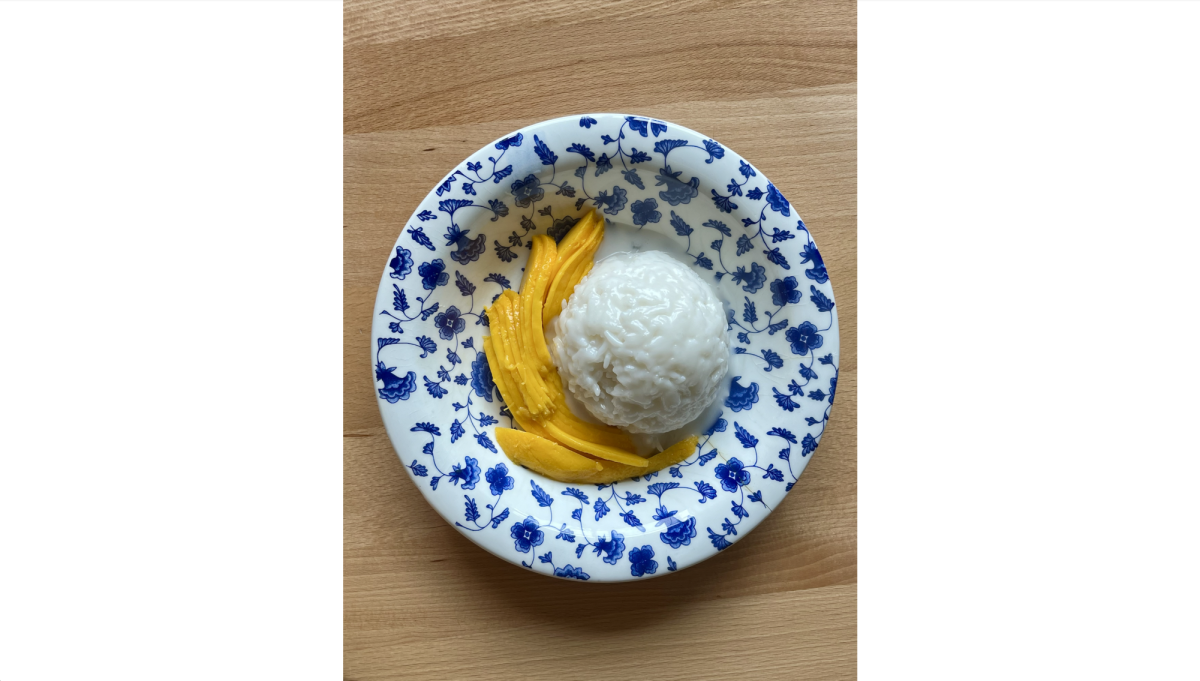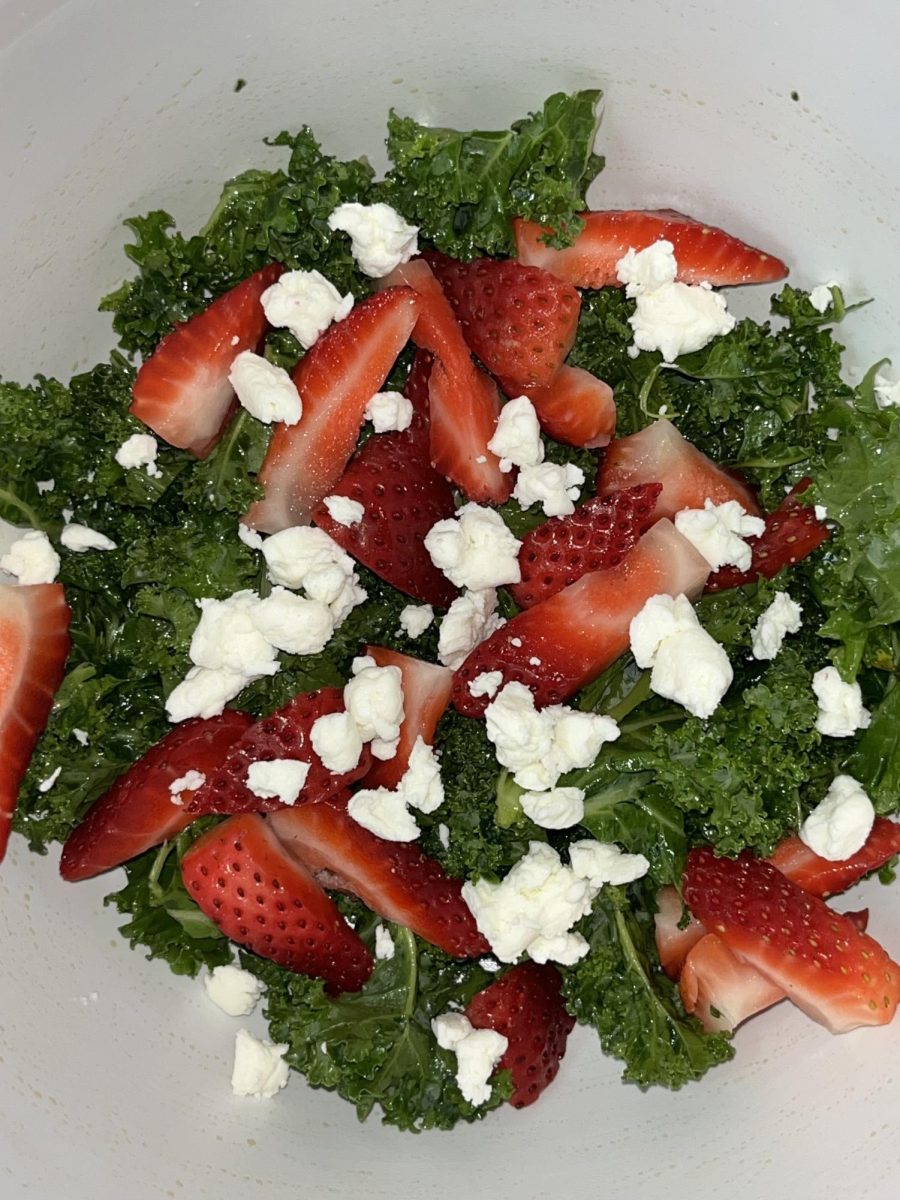Giving Plastic a Second Chance
If you have not heard by now, Seattle University has a recycling problem. To be specific, the blue bins are being contaminated with non-recyclable waste and polluted with water. If the campus does not get better at organizing recyclables, then everything will go to the landfill. Not only will this be expensive, but it is is also detrimental to our planet’s wellbeing.
This is not a new problem. Seattle U has not been properly recycling for at least a year, despite previous warnings. The city of Seattle has a similar issue, the blue bins are often contaminated by waste that is mistaken for being recycled. This action is referred to as “wishful recycling.” We want to believe that the recycling systems can process anything, but the reality is that the vast majority of our products do not have the ability to be given a new life via a recycling project.
Plastic bottles are a common source of recycling projects. But beyond recognition of the issue, most people do not realize how extensive this issue is. Globally, a million plastic bottles are bought every minute. Out of these, 91 percent of plastic bottles are not recycled.
While plastic bottles are an even bigger issue than most people realize, there is another issue sticking to our very bodies–microfibers. Specifically, the plastic waste that is created every time you wash your clothes. With the expedited process of manufacturing clothing, most pieces are created out of “a blend of polyester, nylon acrylic, and other synthetic fibers.” These are all forms of plastic and are a cheap alternative to traditional materials such as cotton.
Now think of the lint you scrap from the dryer every time you do your laundry. Invisible to the human eye, are tiny plastic fibers– up to 700,000 little pieces in every single piece of clothing– that will eventually reach the ocean. In fact, over 30 percent of the plastic pollution in the ocean is due to these tiny fibers. While these may not seem like a big deal to us, it has a tremendous impact on the marine creatures who unknowingly swallow them. According to the Ellen MacArthur Foundation, it is estimated that by 2050, there will be more plastic than fish in the ocean.
This is an actual huuuuugeeee issue and one that gains very little attention in the media. When sea creatures ingest microfibers, they are also consuming the pollutants that are stuck on the microfibers. These can negatively affect the tissues and cells of sea creatures, which in turn can have adverse implications for the humans and animals who eat these creatures. One study found that 67 percent of the fish at a California fish market had traces of microfibers in their bodies. While there is still not enough conclusive research, it is obvious that microfibers will have detrimental effects on the humans who eat sea creatures.
Your challenge for this week is to put more effort into the way you think about recycling. Begin to clean out your empty plastic jars and bottles and make sure to dry them before tossing them into a blue bin. Look at what your clothes are made of– is it a synthetic fabric? When possible, buy clothes that are made out of natural fibers (i.e. cotton, linen or wool) that will eventually decompose without negatively impacting the environment.
The editor may be reached at
[email protected]













